Tips for Clearing and Maintaining Recreational Trails
Even just an acre or two of woods on your private property can be transformed into a fun nature trail. It’s the perfect place to wind down in the evening and get a little exercise, and it also makes for a fun natural park for your kids.

There might even be a commercial opportunity for you if you choose to open your private trails to visitors, such as for mountain biking or horseback riding.
In short, your own private forest is much easier to enjoy and to share if there are recreational trails winding through it. Blazing those trails is an adventure in itself, but they must also be regularly maintained for safety.
To start, you can arm yourself with maps and GPS to explore the woods, if they are quite extensive. For a smaller area, try to work your way around the perimeter before venturing inward, in order to be sure that you are covering as large of an area as possible. Look for areas that are naturally clear already. You can use chalk or brightly colored ribbons to mark your path for future reference.
Once you have a great route mapped out, you’ll need to bring some tools with you to cut out any undergrowth, bushes or trees that block the path. Pay particular attention to the footing, and removing any protruding stumps or roots that could be a trip hazard. However, you don’t need to worry too much about simple weeds. With regular use, the trail will not become overgrown.
In order to maintain your trail, travel the route every so often, especially after strong storms, to clear away any fallen debris that might be blocking the way. Carry some simple garden shears with you to snip new tree branches that overhang the trail and may cause problems.
What Will Be the Trail’s Primary Use?
- Hiking – Trails can be somewhat narrow, but should have good footing. Look for places that might need reinforced ground, like steep hills that could be slippery to climb without some built-in “steps.” Fallen logs are OK on hiking trails, as long as they are not too large.
- Biking – Depending on the level of difficulty, some mountain biking or BMX trails may have obstacles, like ramps for jumping or large banks for quick turns. A mountain biking trail should be clear of large debris like logs.
- ATV – Trails need to be wide enough to accommodate the size of an ATV, with occasional areas large enough for a three-point turn. Like BMX trails, ATV trails may have some obstacles, like ramps. Shallow creeks and mud are usually not problematic on an ATV trail.
- Horseback riding – It’s necessary to clear overhanging branches about seven to eight feet off the ground for horseback riding trails. Likewise, the trails should be wide enough for horses to pass through single file, keeping in mind that the rider’s knees and feet may hit on trees if the trail is too narrow. Some fallen logs are OK on a horseback riding trail.
- Cross-country skiing – Cross-country skiing trails are best designed in loops, and should be located on fairly open land with gentle slopes and no debris. Such trails are also suitable for similar winter activities, like dog sledding or snowshoeing.
Wildlife Zones
Some folks choose to turn the rougher areas of their property into wildlife zones. These areas may be certified by national organizations as a true conservation zone. In other cases, private land owners may simply leave the area alone and allow wild animals to make their homes there.
In truth, such areas might need a bit of human intervention in order to thrive as intended. Invasive plant species have crept into the Houston area over the centuries as a result of globalization. If these plants remain unchecked, they will smother the native vegetation. This creates an unsuitable home for many animals, since diverse habitats tend to be healthiest.
Therefore, you will want to have some minimal trails throughout the wilderness area to give you management access. These will most likely be foot trails. If you do need to remove invasive species, you will most likely use small but efficient equipment in order to avoid tearing up the surrounding area. For example, you wouldn’t want to rent a hydro-ax, since this large machine requires a large area in which to maneuver.
Depending on the size of the protected tract, there may also be a road trail that will allow you to quickly get from one end to the other.
Having your own recreational trail system makes it incredibly easy to regularly commune with nature or to simply take part in certain activities without having to travel. Trails will also make your property incredibly unique, and sure to be a favorite among your children or grandchildren. If you need help clearing a trail in the Greater Houston area, contact us for a free estimate!
Join our newsletter
Subscribe to our weekly newsletter chalked full of useful tips, techniques, and design goodies.

